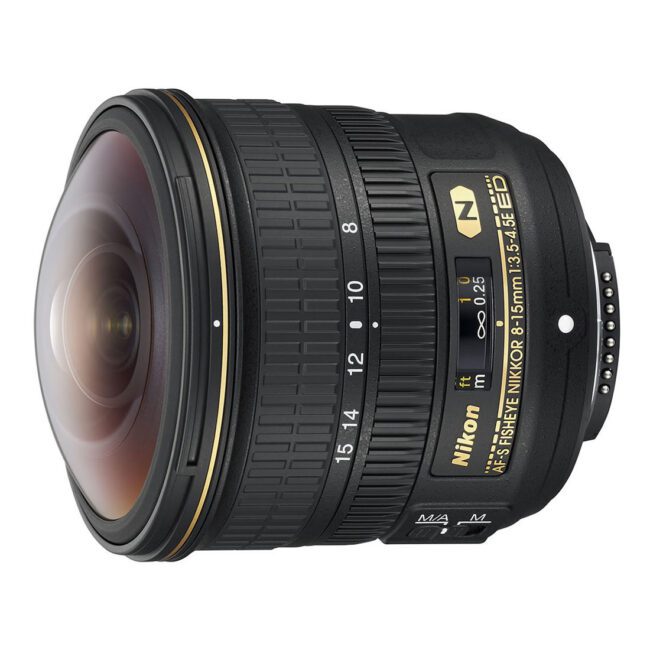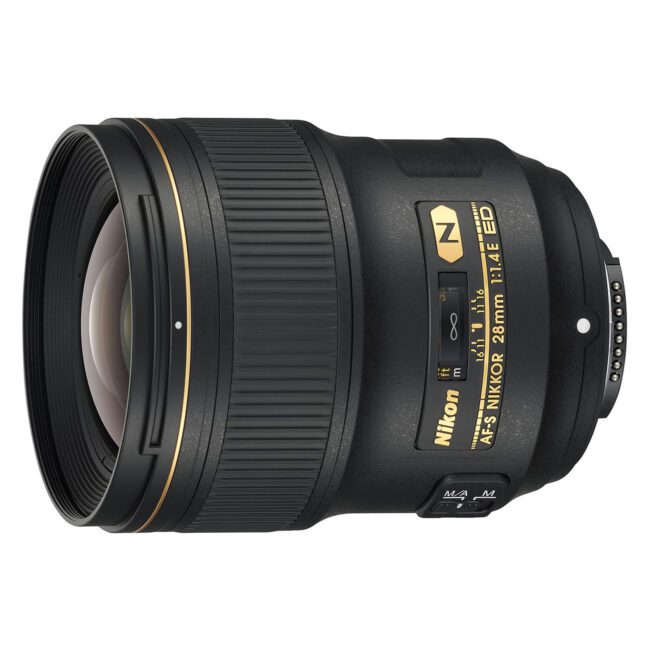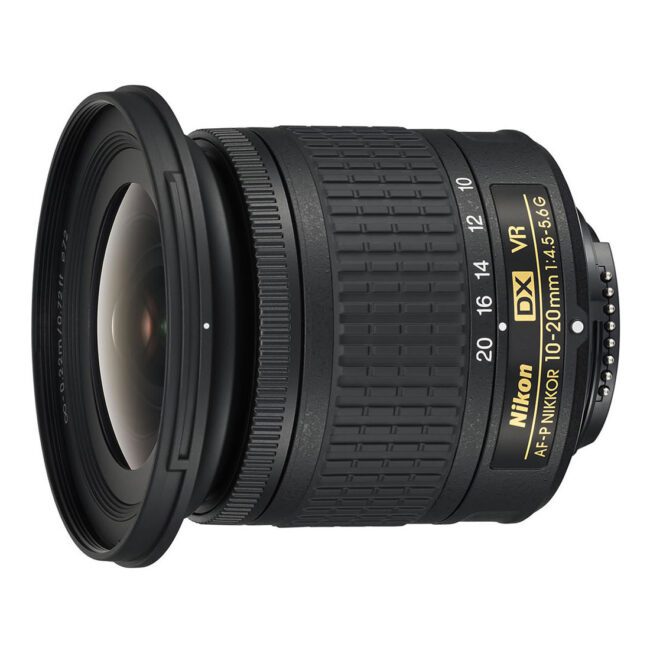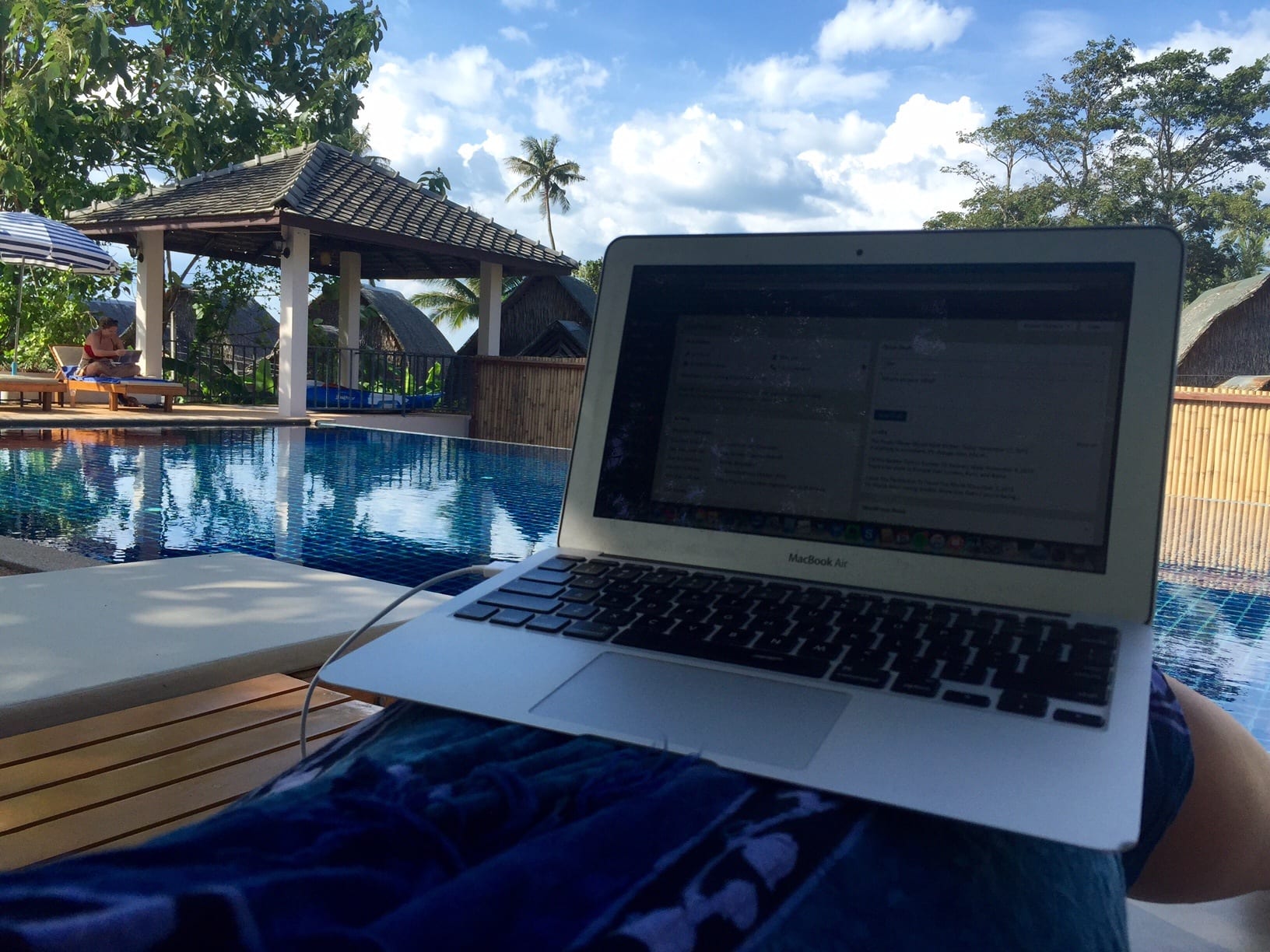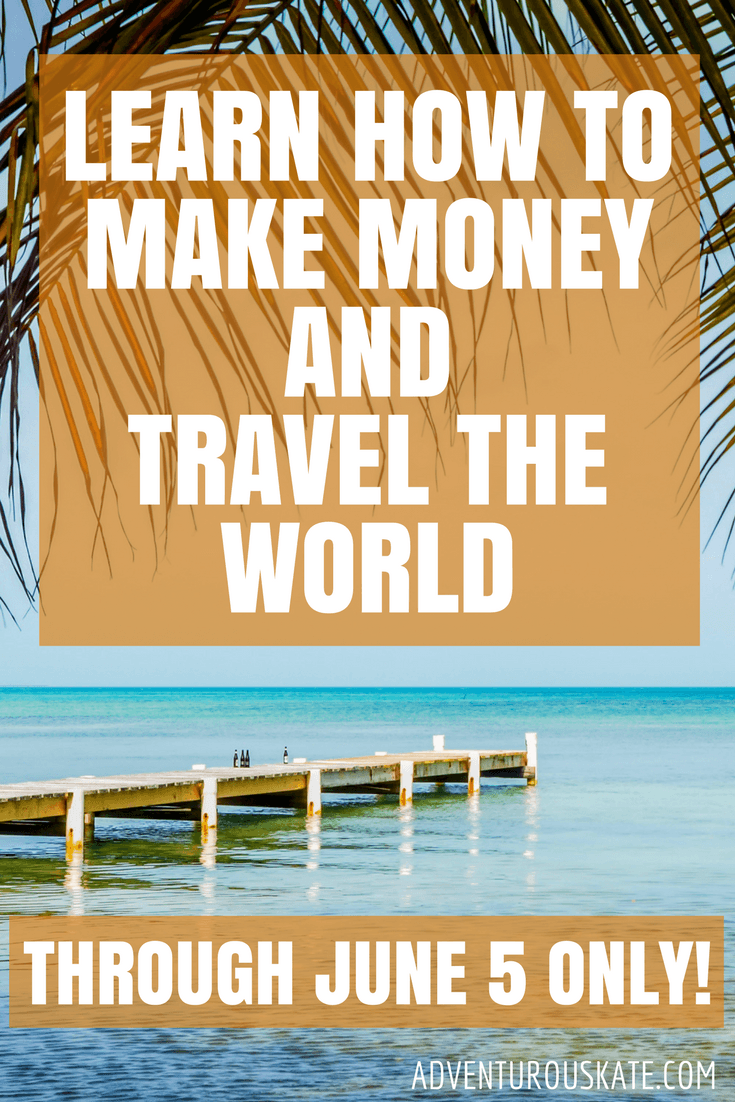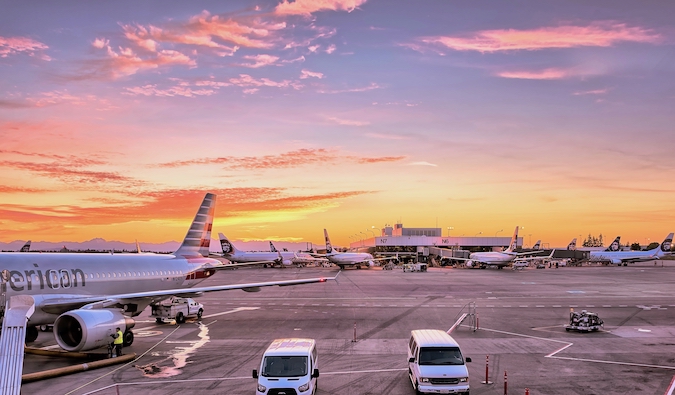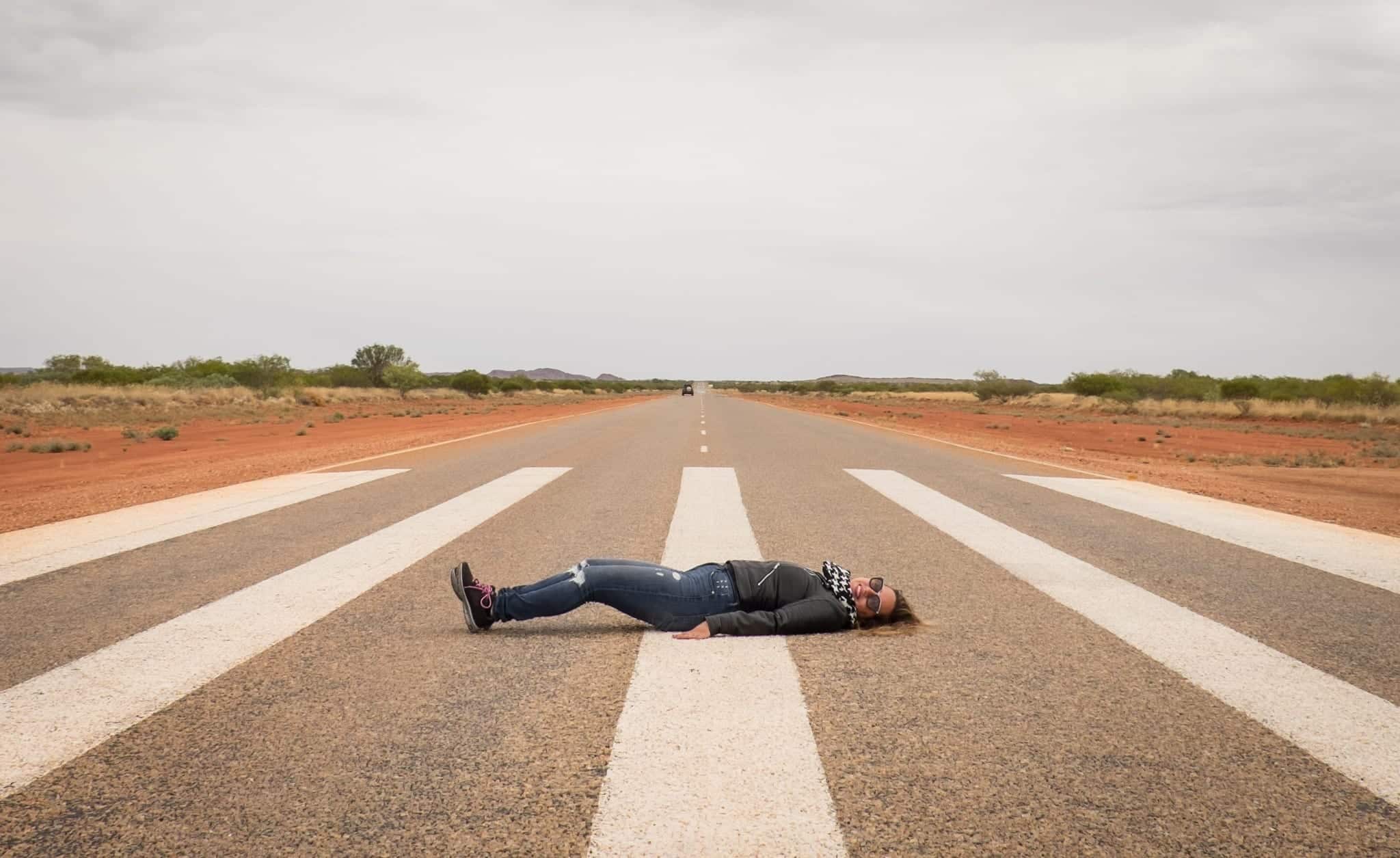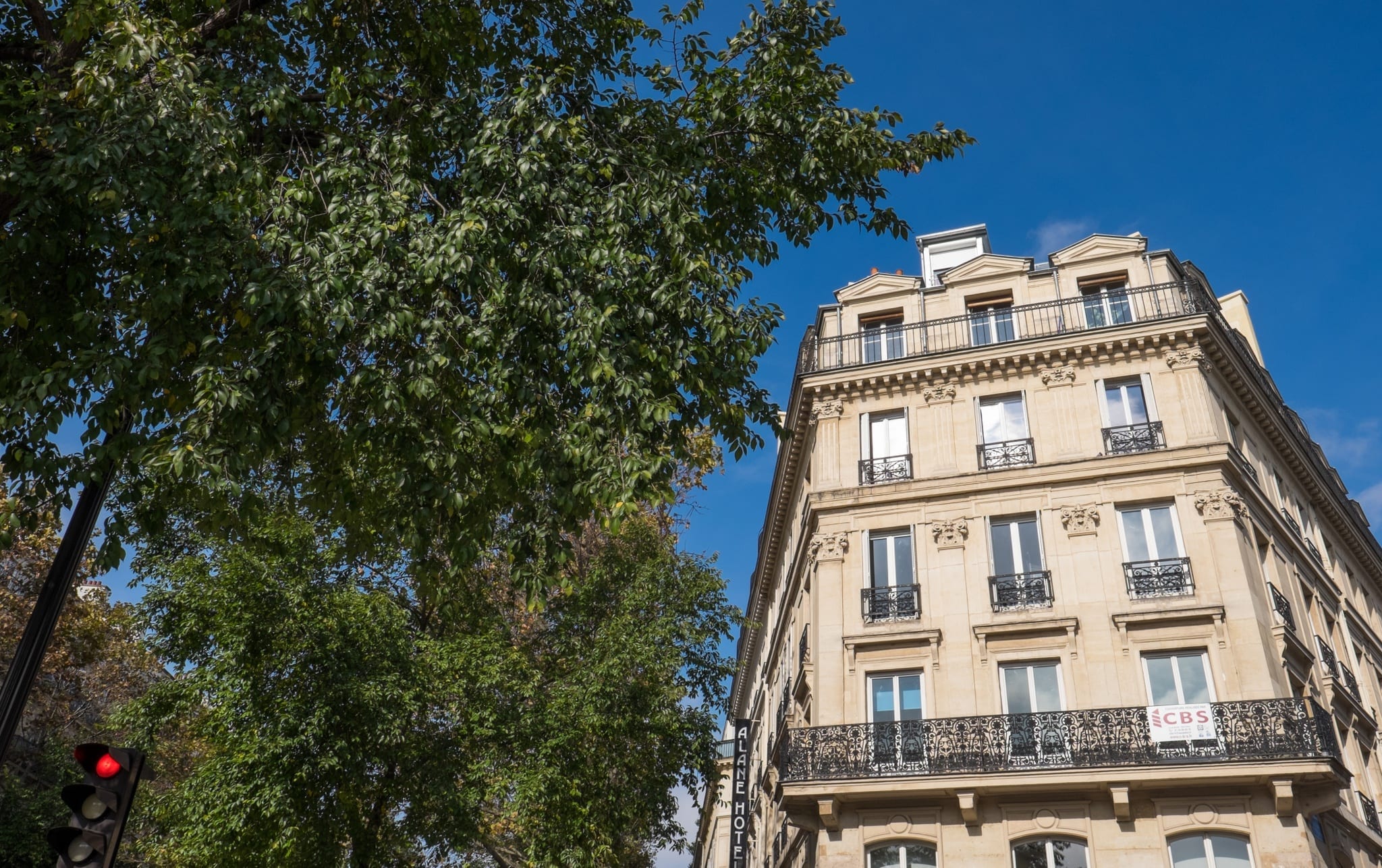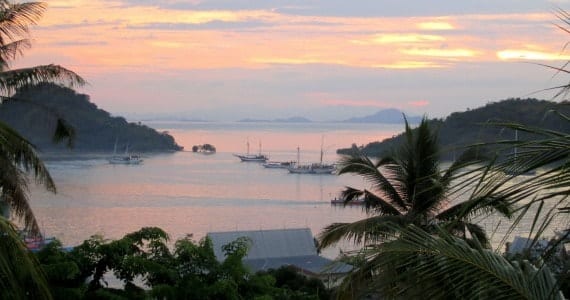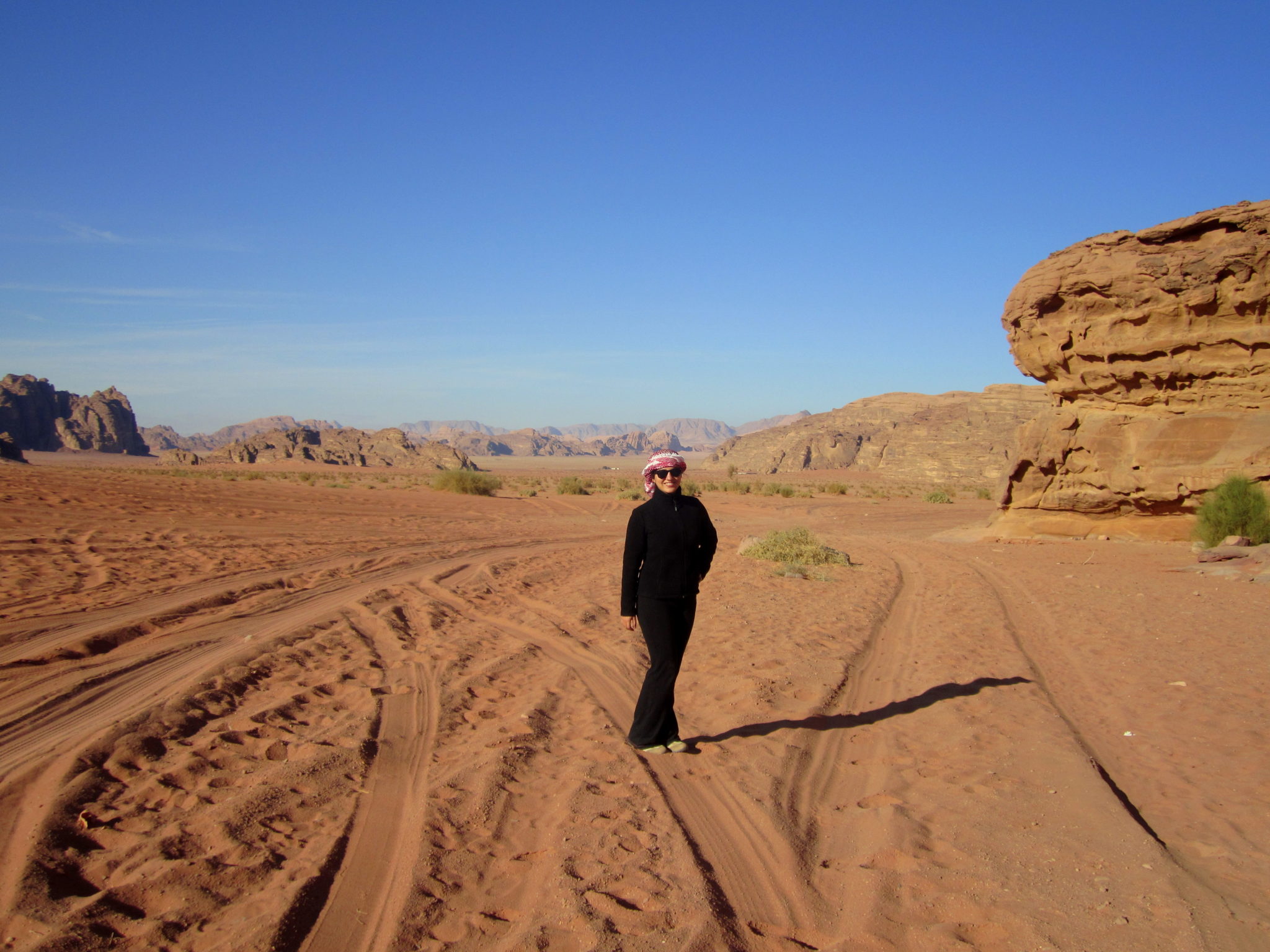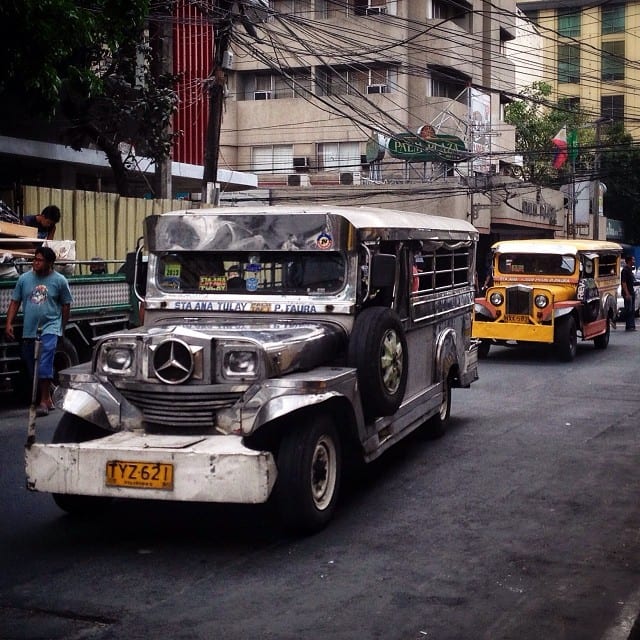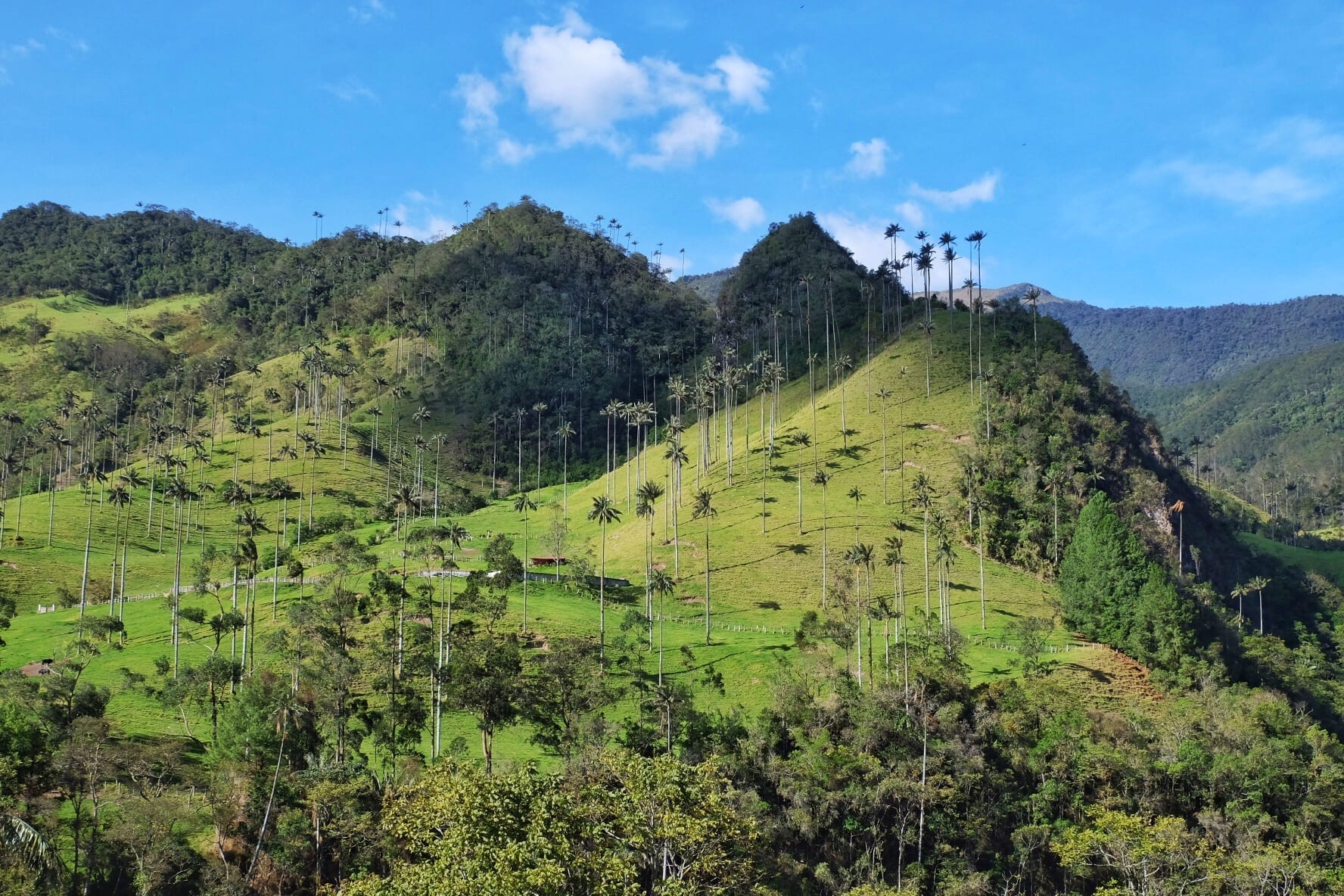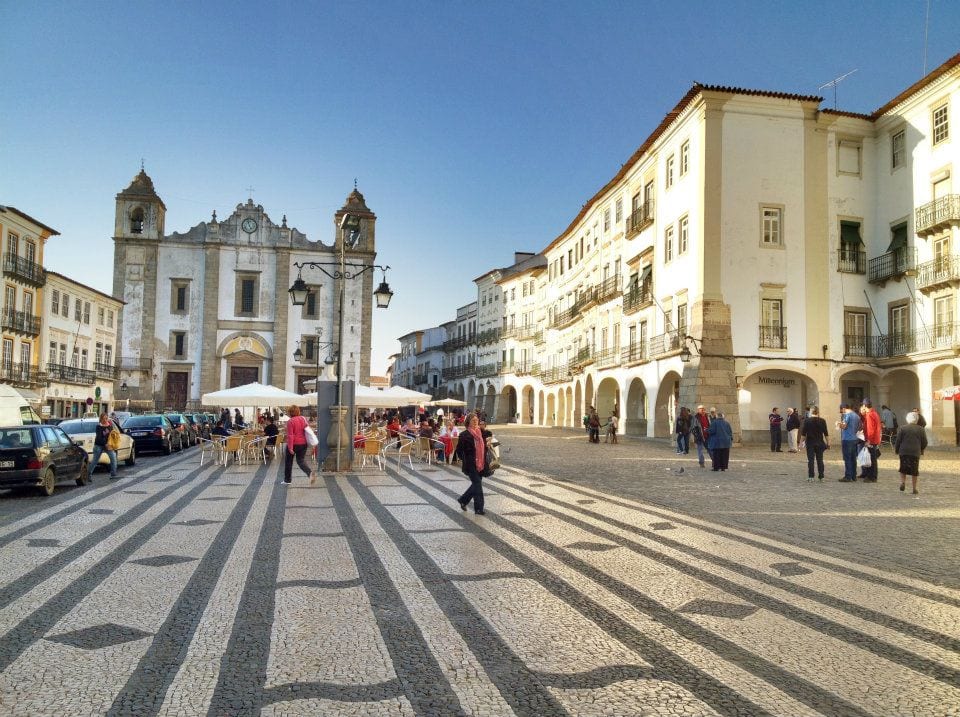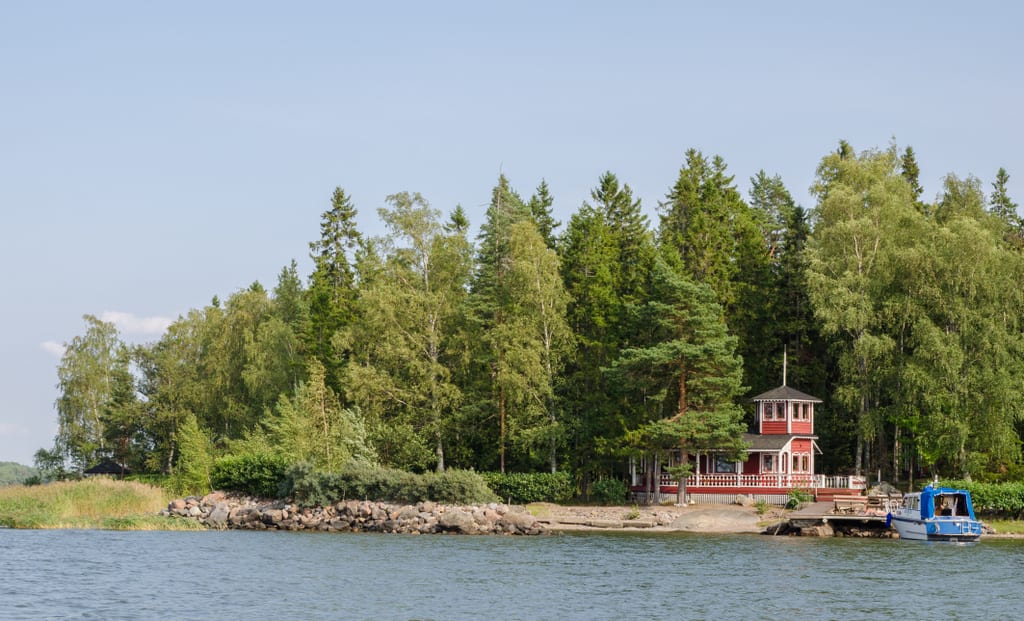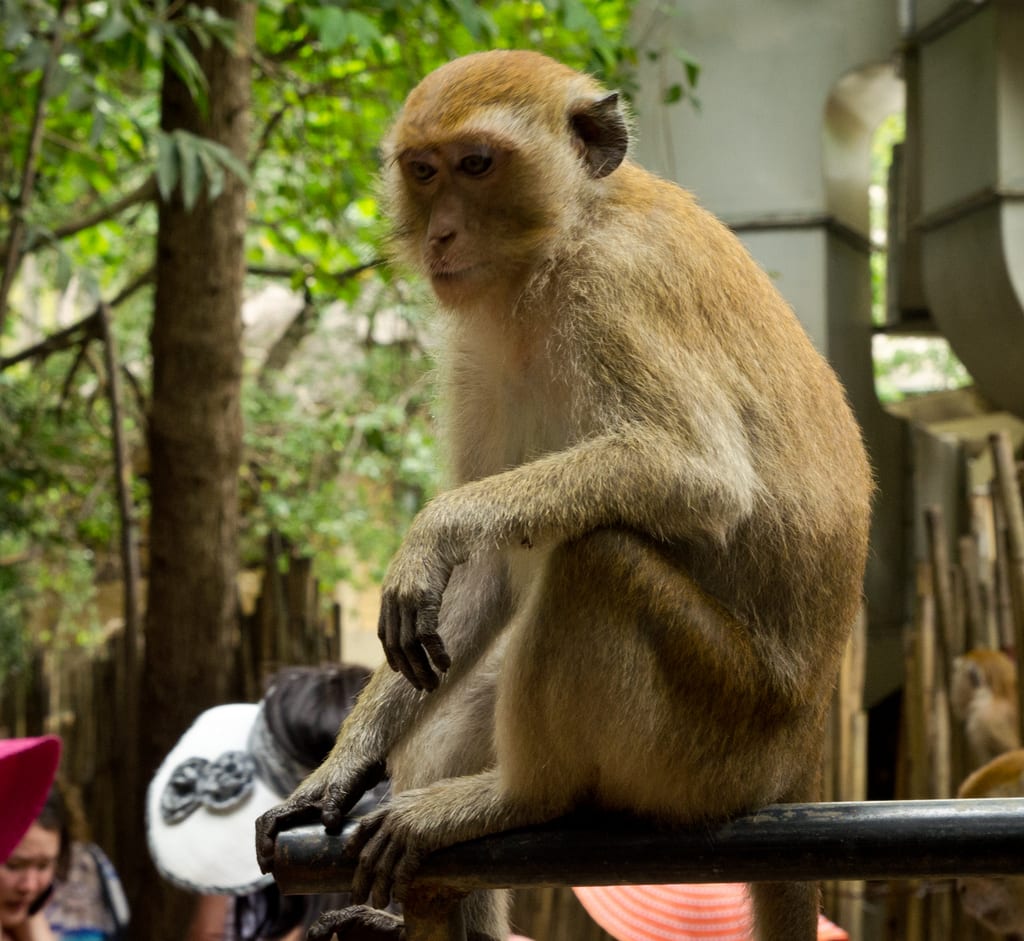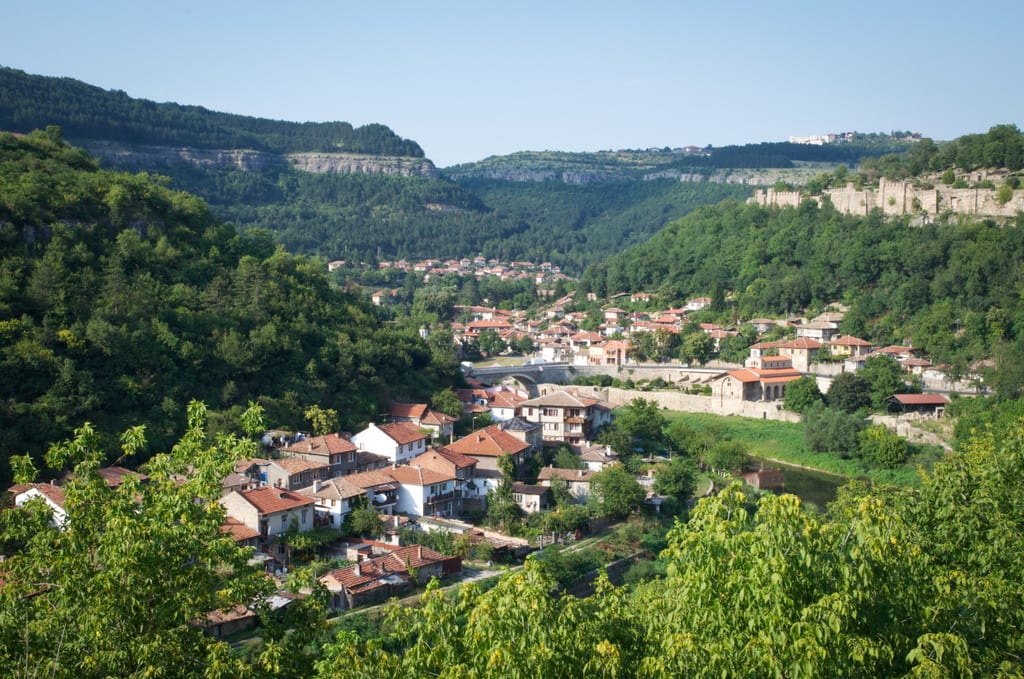Today Nikon revealed three new lenses: AF-S Fisheye NIKKOR 8-15mm f/3.5-4.5E ED, AF-S NIKKOR 28mm f/1.4E ED and AF-P DX NIKKOR 10-20mm f/4.5-5.6G VR. While the latter 10-20mm f/4.5-5.6G VR is an addition to the DX line-up of lenses, the 8-15mm f/3.5-4.5E Fisheye and the 28mm f/1.4E lenses are pro-grade lenses designed specifically for full-frame cameras. Let’s take a look at these three lenses in more detail.
AF-S Fisheye NIKKOR 8-15mm f/3.5-4.5E ED
It has been a while since Nikon released a full-frame fisheye lens. The Nikon 16mm f/2.8D has not been updated since 1993 and while it is a great lens, it does not have the resolving power needed for the latest high-resolution cameras and it does not have all the latest optical technologies that Nikon has been incorporating into the current generation lenses. In short, it is long overdue for a refresh. The Nikon 8-15mm f/3.5-4.5E is a completely new lens that is targeted to compete with Canon’s 8-15mm f/4L fisheye and provide a much wider angle of view. At its widest focal length, the lens creates circular fisheye images with a 180° angle of view (vertical and horizontal), while producing full-frame fisheye images with a 180° diagonal angle of view at its longest focal length of 15mm.
As with all the current generation Nikkor lenses, the 8-15mm f/3.5-4.5E ED fisheye boasts the latest optical and coating technologies. Nikon incorporated an electronic diaphragm for precise aperture changes, silent wave motor (SWM) for quick and precise focusing, three ED glass elements for superb sharpness and chromatic aberration compensation, Nano Crystal Coat for drastic reduction of ghosting and flare in images and fluorine coating to prevent dust and water drops from sticking to the front element of the lens.
It is a fun lens that allows creating images that have a “Fisheye” look to them. If you are wondering why one would want to use such a lens, check out Bob Vishneski’s article “Why use Fisheye lenses?“. Take a look at a couple of sample images provided by Nikon USA to see what this lens is capable of:
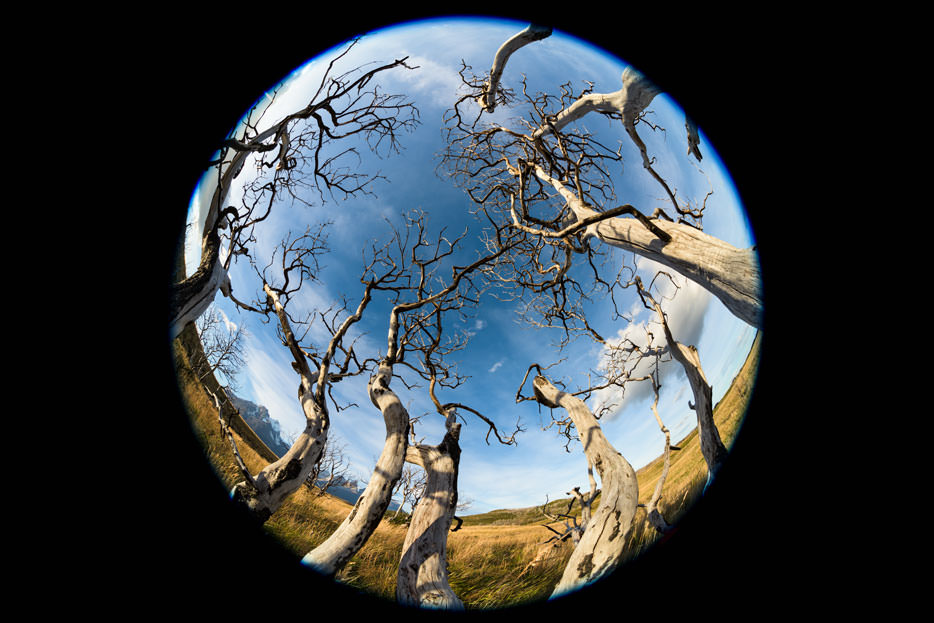

Optically, the lens promises to be superb in terms of sharpness. Take a look at the following MTF charts:

If you don’t know how to interpret the above charts, check out my article on how to read MTF charts. On the wide end, the lens is supposed to have stellar sharpness and contrast, from the center of the frame, all the way to the extreme edges. The lens sharpness is going to drop a little when zoomed in to 15mm, with the extreme edges looking visibly softer compared to the center, which is expected from a fisheye lens. Still, the contrast and sharpness stay very high in most of the image frame, which is impressive. It looks like Nikon did a great job in making sure that the lens will resolve very well on high-resolution cameras like the Nikon D810 and its upcoming replacement.
The lens will retail for $1,249.95 and it is already available to purchase today.
AF-S NIKKOR 28mm f/1.4E ED
My personal favorite among the three newly announced lenses is the new Nikon 28mm f/1.4E ED. While the Nikon 28mm f/1.8G is a relatively recent release (see our in-depth review of the Nikon 28mm f/1.8G), it is an enthusiast-grade lens and hence it was never considered to be a replacement for the Nikon 28mm f/1.4D classic.
Nikon finally decided to update the beast with all the latest and greatest technologies it has to offer, and that’s how the new Nikon 28mm f/1.4E ED was born. Boasting a quick and accurate Silent Wave Motor (SWM), 9-blade rounded electronic diaphragm, Nano Coated glass, fluorine coated front element and a complex 14-element optical construction, 2 of which are ED and 3 of which are aspherical elements, the Nikon 28mm f/1.4E ED is a lens designed to deliver exceptional image quality and sharpness that surpasses the Nikon 24mm f/1.4G ED lens. Take a look at the MTF chart of the lens compared to 24mm f/1.4G (Left: Nikon 28mm f/1.4E ED, Right: Nikon 24mm f/1.4G ED):
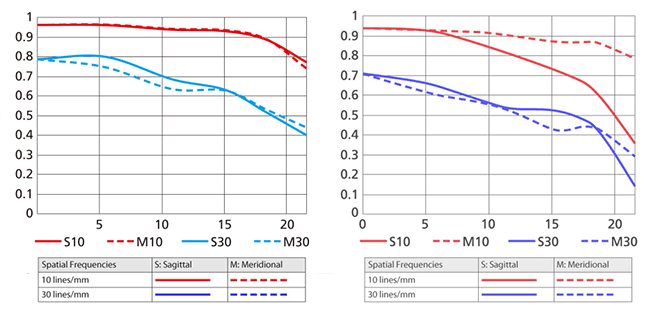
We can see that the new Nikon 28mm f/1.4E is supposed to be sharper than the 24mm f/1.4G in the center. But take a look at the extreme edges – the 24mm f/1.4E is significantly worse in comparison. And that’s just at its widest aperture of f/1.4. Stopped down to f/2.8 and smaller, I expect the Nikon 28mm f/1.4E to be stellar.
Also, pay attention to how close sagittal and meridional lines are to each other. This is a sign of very low level of astigmatism and good bokeh. In fact, the MTF of the lens looks exceptionally good for a wide-angle lens – even the NIKKOR 35mm f/1.4G looks much inferior in comparison!
With the existing line-up of 20mm f/1.8G, 24mm f/1.4G, 24mm f/1.8G, 28mm f/1.8G, 35mm f/1.4G and 35mm f/1.8G wide-angle lenses, it is exciting to see that Nikon is filling the blanks with yet another superb lens release.
Based on my experience with Nikon primes, I have no doubt that the Nikon 28mm f/1.4E ED is going to be an exceptional lens that will appeal to many professionals. With its price tag of $1,999.95, it is not a cheap lens to buy, but let’s not forget that the Nikon 24mm f/1.4G also sells for the same amount, so the pricing is not unexpectedly high.
AF-P DX NIKKOR 10-20mm f/4.5-5.6G VR
Lastly, Nikon also announced the AF-P DX NIKKOR 10-20mm f/4.5-5.6G VR lens, a budget-friendly option for those who shoot with DX cameras. While it is nice to see yet another AF-P lens added to the DX line-up, I personally don’t see the point of yet another slow DX zoom wide-angle lens. The DX line-up already has the 10-24mm f/3.5-4.5G ED and 12-24mm f/4G IF-ED lenses and while the new 10-20mm is significantly cheaper than the other two, I would rather see Nikon release fast DX zoom and prime lenses that could bring weight benefits to the DX system. Why not release 20mm, 24mm, and 28mm DX primes instead? Why not make a few DX telephoto primes? It is sad to see only the 10.5mm DX Fisheye, 35mm f/1.8G DX, 40mm f/2.8G DX macro and the 85mm f/3.5G DX macro as the only DX prime options. That’s just a shame…
Anyway, I won’t spend much time exploring the new DX NIKKOR 10-20mm f/4.5-5.6G VR. You can see all the details yourself by checking out the lens in our lens database.
Official Press Release
Below is the full official press release from Nikon:
MELVILLE, NY (May 31, 2017 at 12:01 A.M. EDT) – Today, Nikon announced three exciting new wide-angle NIKKOR lenses to give a diverse array of users brilliant image quality and maximum versatility whether shooting vast landscapes, architecture, interiors, events and many other wide-angle applications. The new ultra-wide zoom and lightweight DX-format AF-P DX NIKKOR 10-20mm f/4.5-5.6G VR is an excellent value for budding shutterbugs and novice shooters looking to explore a wide-angle point of view, while the new AF-S Fisheye NIKKOR 8-15mm f/3.5-4.5E ED is an FX-format circular fisheye zoom lens for photographers and content creators who desire a truly unique perspective. Lastly, the new AF-S NIKKOR 28mm f/1.4E ED is a superior prime lens that provides professional and advanced photographers the ultimate in wide-angle image quality. Both the AF-S Fisheye NIKKOR 8-15mm f/3.5-4.5E ED and AF-S NIKKOR 28mm f/1.4E ED are the latest additions to the Gold Ring Series of NIKKOR lenses, a mark identifying Nikon’s premium lens offerings.
“Nikon continues to push the limits of optical excellence, while making new perspectives more attainable than ever before with our latest wide-angle NIKKOR offerings,” said Kosuke Kawaura, Director of Marketing and Planning, Nikon Inc. “Whether a photographer is a novice learning the art of landscapes, an enthusiastic video creator or a working professional shooter, Nikon now makes the wide-angle perspective achievable for everyone.”
AF-S Fisheye NIKKOR 8-15mm f/3.5-4.5E ED – Circular Fisheye for Photographers and Content Creators
Nikon’s first fisheye zoom gives photographers and filmmakers an FX-format lens with the look and feel of a circular fisheye and the versatility of a full-frame fisheye, all in one lens. The new lens design provides a creative circular 180-degree vertical / horizontal angle of view on full frame cameras, and zooms to a non-circular fisheye view (180-degree diagonal angle of view) on the long end of the focal range. The lens can also be used on DX-format cameras for a distinctive point-of-view and extreme wide-angle applications. When looking to push creative boundaries, the intriguing perspective from a fisheye lens should be considered to provide a distinct look to your photos and videos, such as a dramatic emphasis on a subject or an extremely wide interior point of view.The AF-S Fisheye NIKKOR 8-15mm f/3.5-4.5E ED is also the latest in Nikon’s Gold Ring Series of premier lenses and features a next-generation design for high-resolution Nikon DSLR cameras. Made for advanced photographers and creators, this durable lens is constructed of lightweight magnesium alloy, and employs internal focusing (IF) to retain its compact size, even while focusing. It is also Nikon’s latest lens to use an electromagnetic diaphragm for consistent exposure during high speed shooting, or smooth exposure control while capturing video.
The optical formula of the Fisheye NIKKOR 8-15mm consists of three ED elements to reduce chromatic aberration, while two aspherical lens elements minimize coma even at the widest aperture, and enable a more compact lens size. Additionally, the front lens element is coated with Nikon’s non-stick Fluorine coat to help resist dirt, fingerprints and smudges, while Nikon’s exclusive Nano Crystal Coat helps reduce ghost and flare.
AF-S NIKKOR 28mm f/1.4E ED – The Latest in The Gold Ring Series of f/1.4 Primes in the NIKKOR Line
The new AF-S NIKKOR 28mm f/1.4E ED is Gold Ring glass that provides maximum versatility for outstanding definition and sharpness regardless of shooting scenario. With a fast f/1.4 maximum aperture and nine blade rounded diaphragm, it affords a shallow depth of field with gorgeous bokeh and stellar low light performance, making it a great choice for shooting low light landscapes, interiors and events.The superbly balanced and solid body is composed of lightweight magnesium alloy, and features dust and water drop resistant sealing to withstand the elements, combined with a fluorine coating to resist dirt and smudges. The optical construction of the lens is engineered for the best possible wide-angle image quality. It consists of 14 elements in 11 groups, with three aspherical elements that virtually eliminate coma, aberration and distortion, with two ED glass elements that minimize chromatic aberration. The lens also uses Nikon’s Nano Crystal coat to reduce instances of ghosting and flare.
The new AF-S NIKKOR 28mm f/1.4E ED is a welcome addition to Nikon’s stable of impressive f/1.4 primes that give professional photographers and creators the highest levels of image quality and performance, which also include; The AF-S 24mm f/1.4G ED, AF-S NIKKOR 35mm f/1.4G, AF-S NIKKOR 58mm f/1.4G, AF-S NIKKOR 85mm f/1.4G and AF-S NIKKOR 105mm f/1.4E ED.
The AF-P DX NIKKOR 10-20mm f/4.5-5.6G VR – Ultra-Wide Zoom Lens That’s Compact and Portable
The new NIKKOR 10-20mm is an ultra-wide-angle DX-format zoom lens that opens new perspectives and possibilities for those new to photography, and is ideal for shooting travel and scenery, real estate, large group portraits or vlogging. This new lens combines superior image quality and an attainable price to give consumers wide-angle versatility with a lens that’s remarkably compact and lightweight.Like all NIKKOR lenses, the new AF-P DX NIKKOR 10-20mm f/4.5-5.6G VR provides advanced optical technologies for stellar image quality in any light, whether shooting a sun-drenched coastal vista, tight spaces or the night sky. The lens features the equivalent of 3.5 stops1 of Vibration Reduction (VR) performance, to help capture sharp images while handheld or in challenging light. Additionally, it utilizes Nikon’s Pulse Motor technology for super-fast and whisper quiet AF operation- which is especially useful when recording video. The optical formula contains three aspherical elements for excellent image quality with minimal distortion even at the widest focal length.
This is a versatile lens that not only excels at shooting expansive horizons, but also offers a remarkably close working distance that’s useful for images or showing up-close details when making product-related videos or how-to content. To get closer to capture small objects with big details, the lens has a close minimum focusing distance of only 8.6 inches (0.22 meters), bringing small objects to life in glorious size.
Price and Availability
The Nikon AF-S Fisheye NIKKOR 8-15mm f/3.5-4.5E ED will be available immediately for a suggested retail price (SRP)* of $1249.95. The AF-P DX NIKKOR 10-20mm f/4.5-5.6G VR and AF-S NIKKOR 28mm f/1.4E ED will be available in late June for a suggested retail price (SRP)*, $309.95 and $1999.95, respectively. For more information on these NIKKOR lenses as well as the latest Nikon products, please visit www.nikonusa.com.
Pre-Order Options
As usual, you can pre-order all three lenses through our trusted partner B&H Photo Video:
- Pre-Order Nikon AF-S Fisheye NIKKOR 8-15mm f/3.5-4.5E ED for $1,246.95
- Pre-Order Nikon AF-S NIKKOR 28mm f/1.4E ED for $1996.95
- Pre-Order Nikon AF-P DX NIKKOR 10-20mm f/4.5-5.6G VR for $306.95
The post Nikon 8-15mm Fisheye, 28mm f/1.4E and 10-20mm DX VR Announcements appeared first on Photography Life.
from Photography Life https://photographylife.com/nikon-8-15mm-fisheye-28mm-f1-4e-and-10-20mm-dx-vr-announcements/
